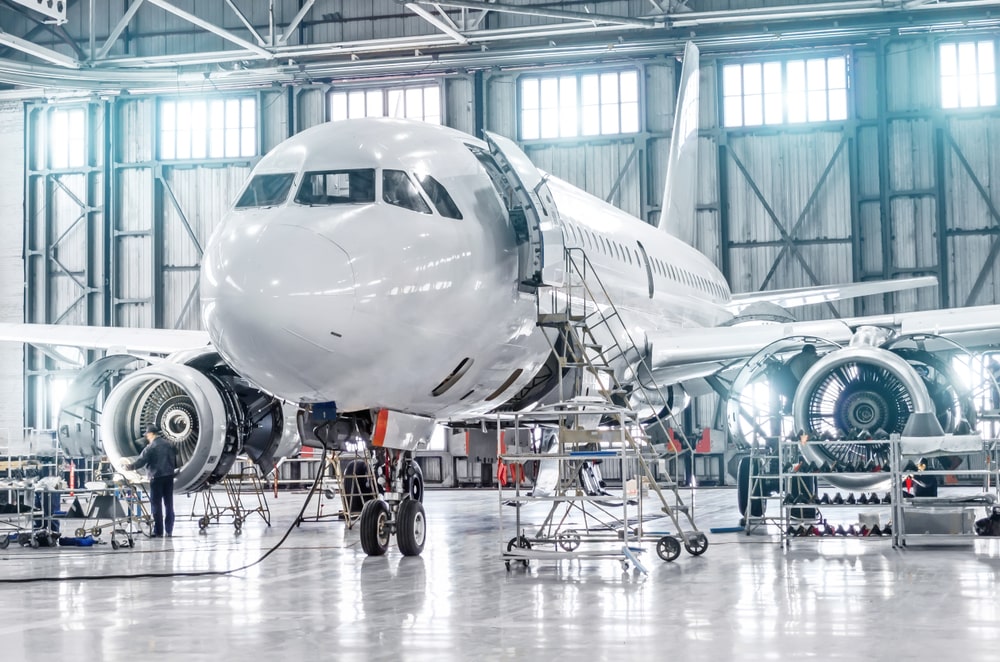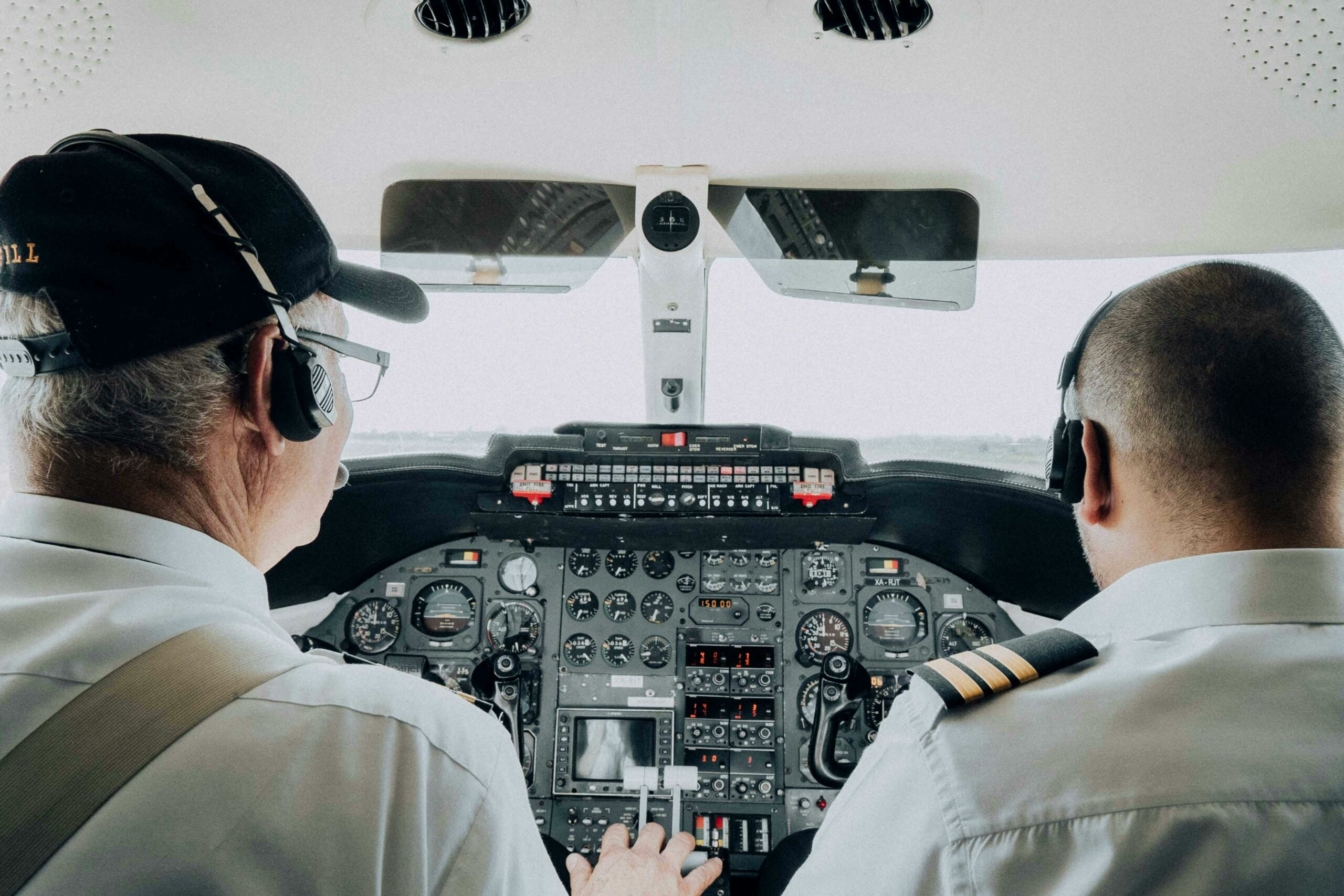What is the safest way to Travel?

Traveling can be an exciting and rewarding experience, yet choosing the safest mode of transportation is essential to ensuring peace of mind during your journey. As a frequent flyer who fears flying, it’s important to understand the risks associated with different forms of travel and how to mitigate them. In this article, we’ll explore various methods of transportation, their safety levels, and any precautions you can take to make your travel experience as smooth as possible.
Is Flying The Safest Mode Of Transportation?
You may have heard many times that flying is the safest mode of transportation, and it’s true. With continuous improvements in technology and strict safety regulations in place, air travel has become incredibly secure. So, next time you board a flight, remember that statistically, it’s much safer than other forms of transportation.
To put it into perspective, the chance of dying from an air and space transport incident is only 1 in 9,821, making flying one of the safest forms of transportation. In fact, the all-accident rate in aviation was 1.35 accidents per 1 million flights in 2018, which means there was a mere one accident for every 740,000 flights. Compared to the previous five years, this is a significant improvement, further highlighting the safety of air travel.
This safety record is largely due to the strict regulations enforced by aviation authorities, extensive pilot training, and advances in aircraft technology. Despite being aware of the facts, many people still have a fear of flying. Understanding turbulence, practicing mindfulness techniques, and learning about the safety measures in place can help in managing your concerns and enjoying your next flight.
A significant factor contributing to aviation safety is the lower density of aircraft compared to cars on roads and highways. This greatly reduces the chances of accidents and collisions, making air travel a safer option. In a nutshell, when you’re planning your next trip, rest assured that flying is indeed the safest mode of transportation.
How Safe Is Air Travel?
Air travel is often considered one of the safest modes of transportation. Despite the occasional news stories about plane crashes, the fatality rate in air travel is significantly lower than other forms of transport. In fact, statistics show that you have a 1 in 9,821 chance of dying from an air and space transport incident, making it one of the safest options available.
If you’re a nervous flyer, it’s important to understand that turbulence is a natural phenomenon and nothing to be overly concerned about. Turbulence occurs due to changes in air pressure, temperature, or wind patterns, and is generally harmless. For a better understanding of turbulence and how it affects your flight, you can check out this guide on airplane turbulence.
Safety in air travel has been continuously improving over the years, thanks to advancements in technology and industry regulations. Airplane seats, for example, are designed to withstand 16 times gravity’s force and are fireproof, which further ensures the safety of passengers during a flight.
Moreover, airlines are required to follow strict maintenance schedules and adhere to safety protocols. Flight crew members undergo rigorous training to handle emergencies and ensure the safe operation of the aircraft. These factors not only contribute to the overall safety of air travel but also provide peace of mind for passengers like you.
What Are The Safest Ways To Travel?
When considering the safest way to travel, it’s important to acknowledge that there are various factors to think about, such as the mode of transportation and the current global situation.
In general, flying is considered the safest mode of transportation, with an incredibly low number of passenger-related deaths. However, we understand that for frequent flyers with a fear of flying, you might still be hesitant about boarding an airplane. Don’t worry; there are other safe alternatives for you to consider.
Bus travel is another safe option for getting around. According to a research study by economist Ian Savage, fatality rates across all modes of transport, including buses, have fallen significantly since the 1970s. Bus travel can also be economical and convenient, with many bus routes servicing a wide range of destinations.
Boat travel is another option to consider. While it might be slower than flying and might not suit all travel plans, boats can provide a relaxing and scenic journey. Plus, if you’re traveling within a continent like Europe, taking a ferry or a river cruise can help you avoid the stress of flying.
When traveling during the ongoing COVID-19 pandemic, it’s important to think about the precautions that can help you and others remain safe. Whether you’re vaccinated or not, it’s wise to follow the advice of health experts and take additional steps to protect yourself regardless of your chosen mode of transportation.
What Are The Statistics On Travel Fatalities?
As a frequent flyer with a fear of flying, it’s natural to worry about safety when in the air. However, statistics can show that there really is less to worry about than you might think, especially when compared to other modes of transportation.
- Motor vehicle crashes: Motor vehicle accidents, including car crashes, are the leading cause of death for people of all ages. Factors contributing to these fatalities include alcohol impairment, speeding, lack of seat belt use, distracted driving, and aggressive driving. In 2021, there were a total of 42,939 motor vehicle crash fatalities in the United States, representing a 10% increase compared to the previous year 1. Passenger vehicle occupants accounted for 62% of all crash fatalities, while pedestrians accounted for 17% 1.
- Air travel: Air travel is generally considered safer than driving a car. Research by Harvard University indicates that flying in the US, Europe, and Australia is significantly safer than driving a car. The odds of dying in a motor vehicle crash are much higher than the odds of dying in a plane crash. Flying is the safest way to travel long distances, according to the Bureau of Transportation Statistics. The number of accidents and deaths in air travel is very low compared to other forms of transportation. However, it should be noted that there are different types of flights, with general aviation aircraft being involved in a higher percentage of crashes compared to commercial airlines.
- Train travel: Train travel is generally considered safer compared to other forms of transportation, particularly car travel. The search results indicate a decrease in train accidents since 2000, with a 44% reduction in accidents. Trains are statistically much safer than driving, with a significantly lower number of total deaths compared to deaths from travel in general. However, instances of train derailments and rising passenger injuries on trains suggest potential areas of concern for train safety.
- Boat travel: Boat travel poses certain risks, with a higher fatality rate compared to air and train travel. The fatality rate for boat travel is reported to be 6.5 deaths per 100,000 registered recreational vessels. The number of accidents and deaths in boating accidents has increased in recent years, with 658 deaths and 2,641 injuries in 2021 alone. It is important to note that air travel and train travel have lower fatality rates compared to boat travel.

